'He wrote like he was shooting for something': Remembering SI legend Frank Deford

As a senior on the basketball team at Baltimore’s Gilman School, Frank Deford suddenly found a groove with his jump shot. He set the school scoring record, made second-team All-City and got wind that his coach had called him the best “game player” he had ever coached. It was a spasm of stardom that caught him by surprise. Deford puzzled over it for the rest of his life, which ended on Sunday in Key West, at age 78, after a long struggle with pulmonary issues.
On the whole, our beloved senior contributing writer ran a charmed race, even beyond high school. It took him a little longer to navigate Princeton, after he got the boot midway through for having a woman in his dorm. (“It wasn’t as exciting as it sounds”). At 6’ 4”, as the tallest soldier in his Army company, he was chosen as “guide-on,” the guy who would carry the flag in a charge—nothing but an honor at Fort Dix without live bullets. He met Carol, the runway model he’d marry, at the beach. And then, after greeting their second child, baby daughter Alexandra, Frank and Carol learned she had cystic fibrosis, which meant they would have only eight years with her before she died in January 1980.
The Defords didn’t want to risk having another child of their own, but knew they would condemn themselves to a lifetime of grief if they didn’t do something. So they adopted a daughter for themselves, and a sister for their son, Christian—Scarlet. That Alex’s father died of failing lungs might be regarded as one last act of solidarity.
In Memoriam: The Life of Sports Writer Frank Deford
Frank Deford - 1973
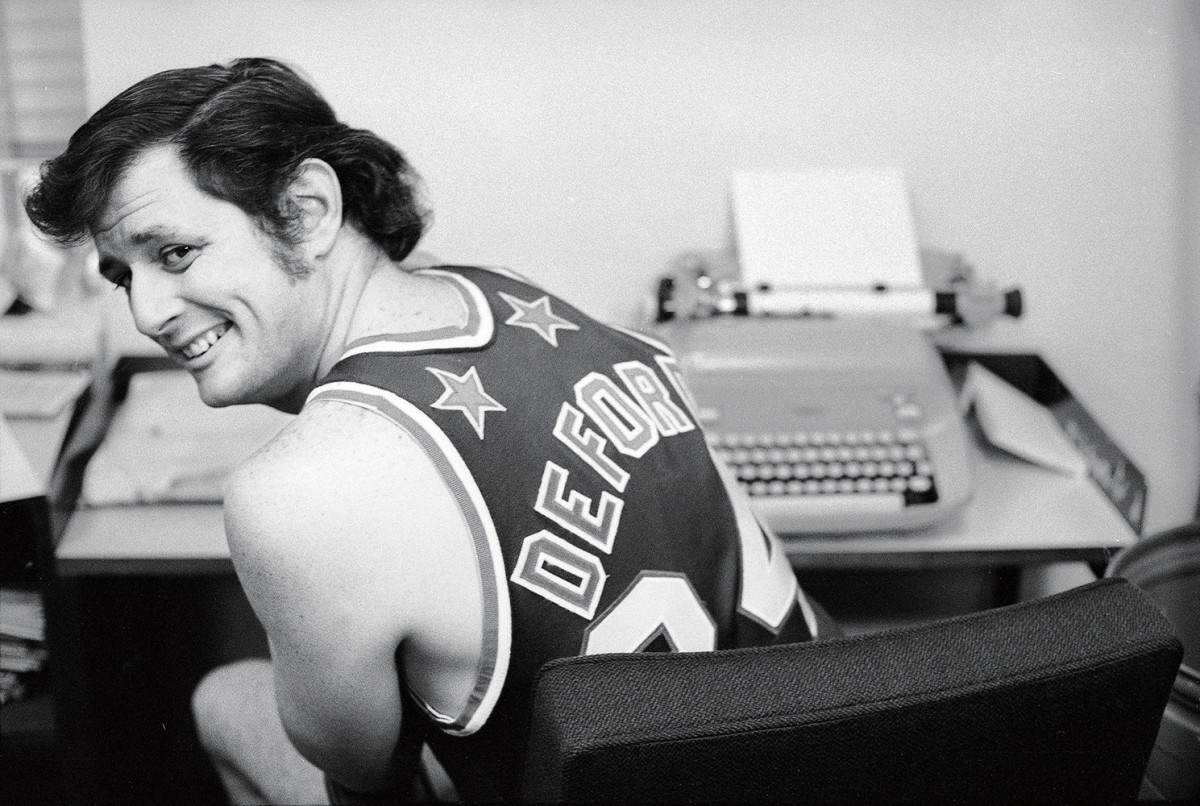
Deford wears a Harlem Globetrotter uniform in his New York City office on November 30, 1973.
Frank Deford - 2002
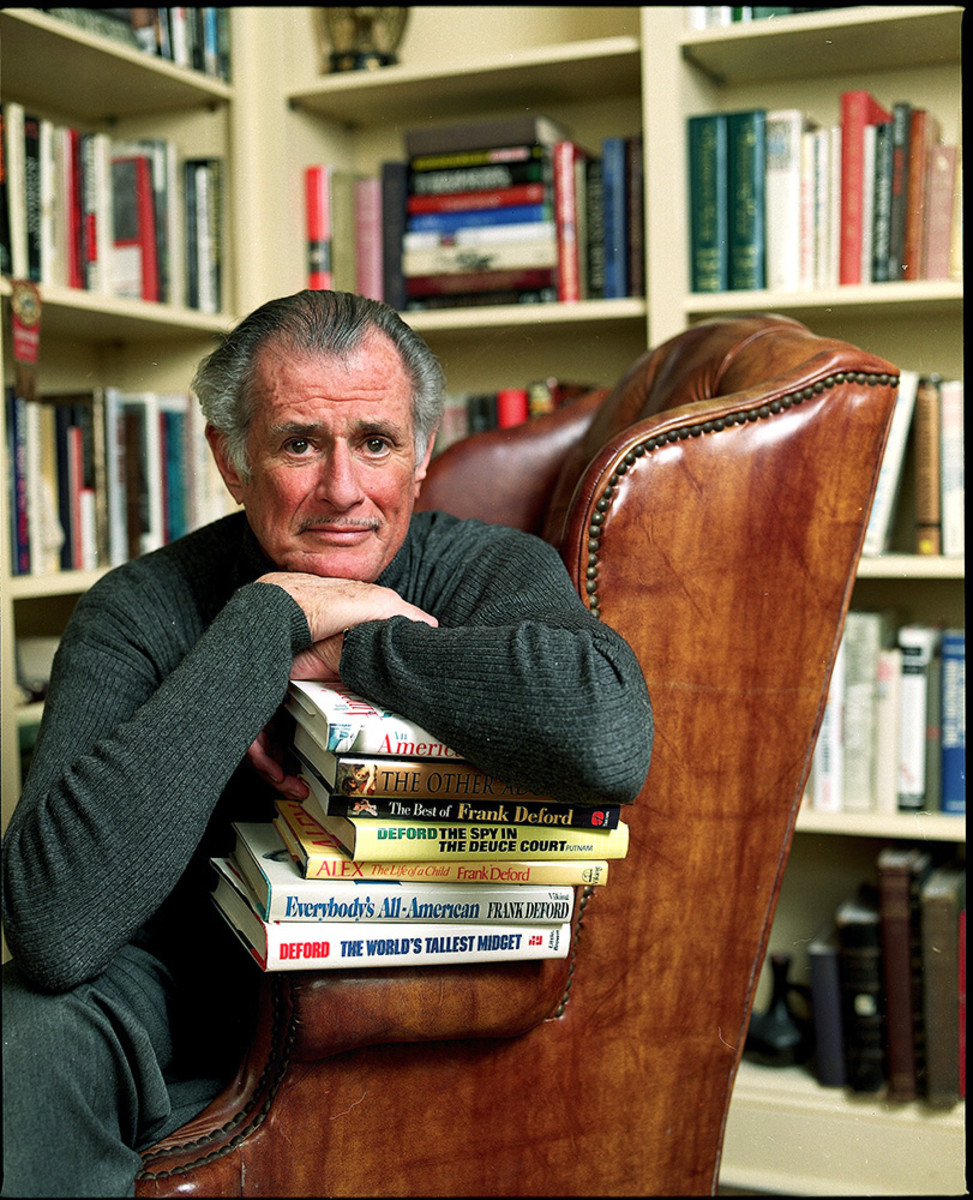
Deford at his home with several of the books he authored on sports.
Frank Deford - 1969
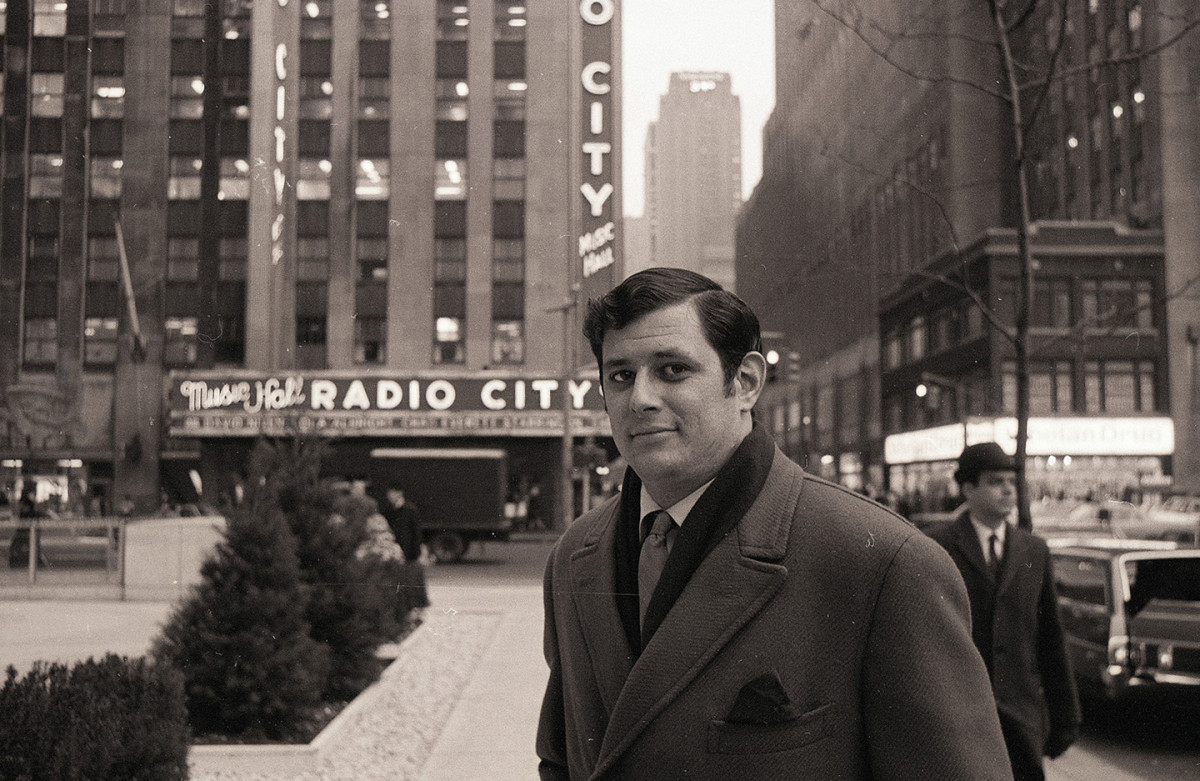
Deford stands outside the original Time & Life building in Manhattan.
Frank Deford - 1963
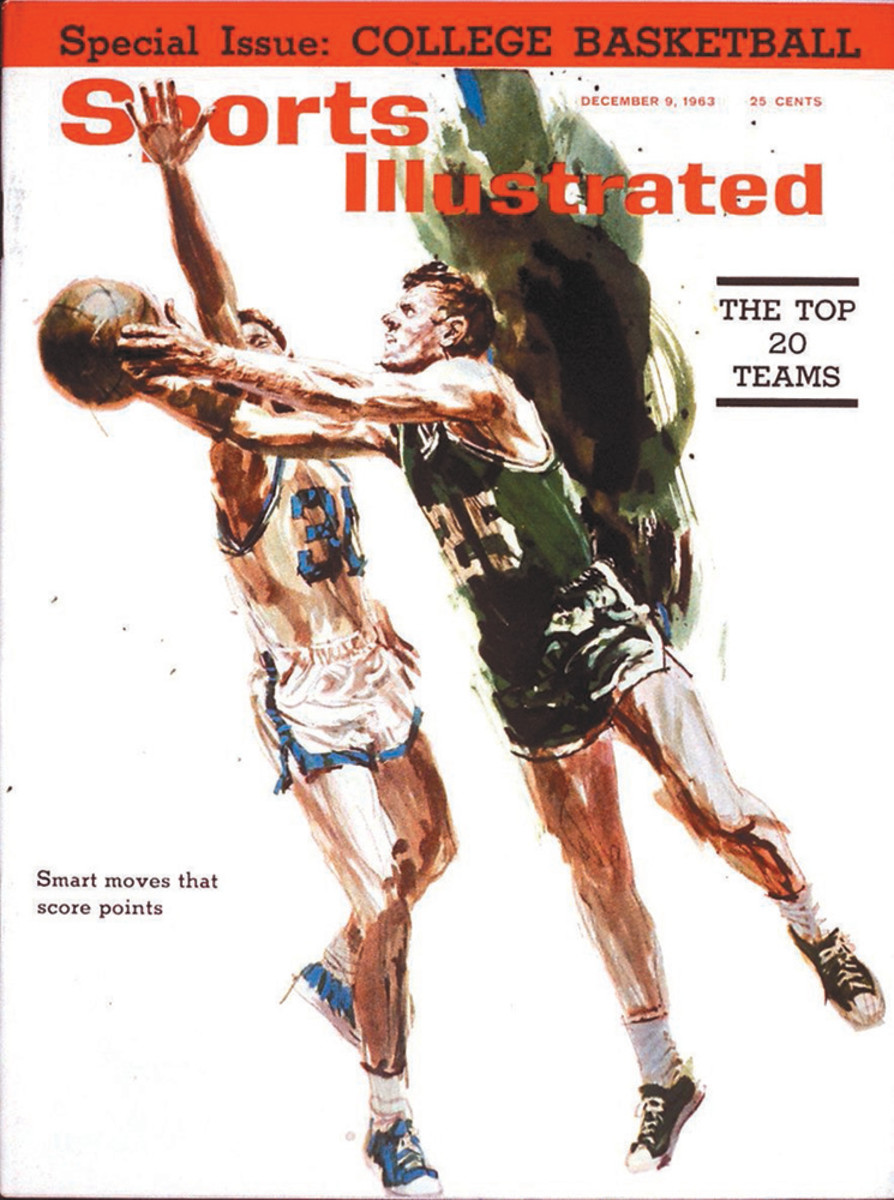
This December 9th, 1963 cover of Sports Illustrated depicts Deford playing basketball with with pro Frank Ramsey.
Frank Deford - 1981
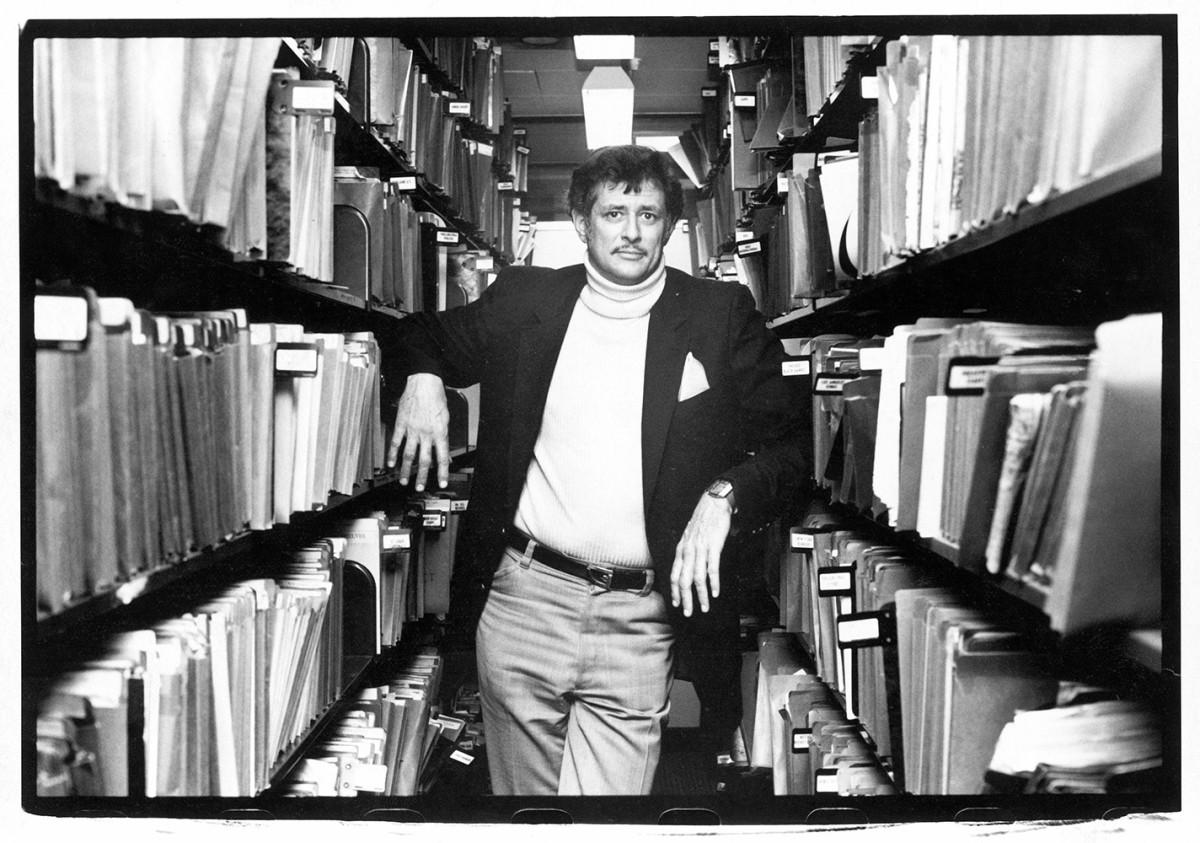
Frank Deford with Red Aurbach and Jeremiah Tax - 1985
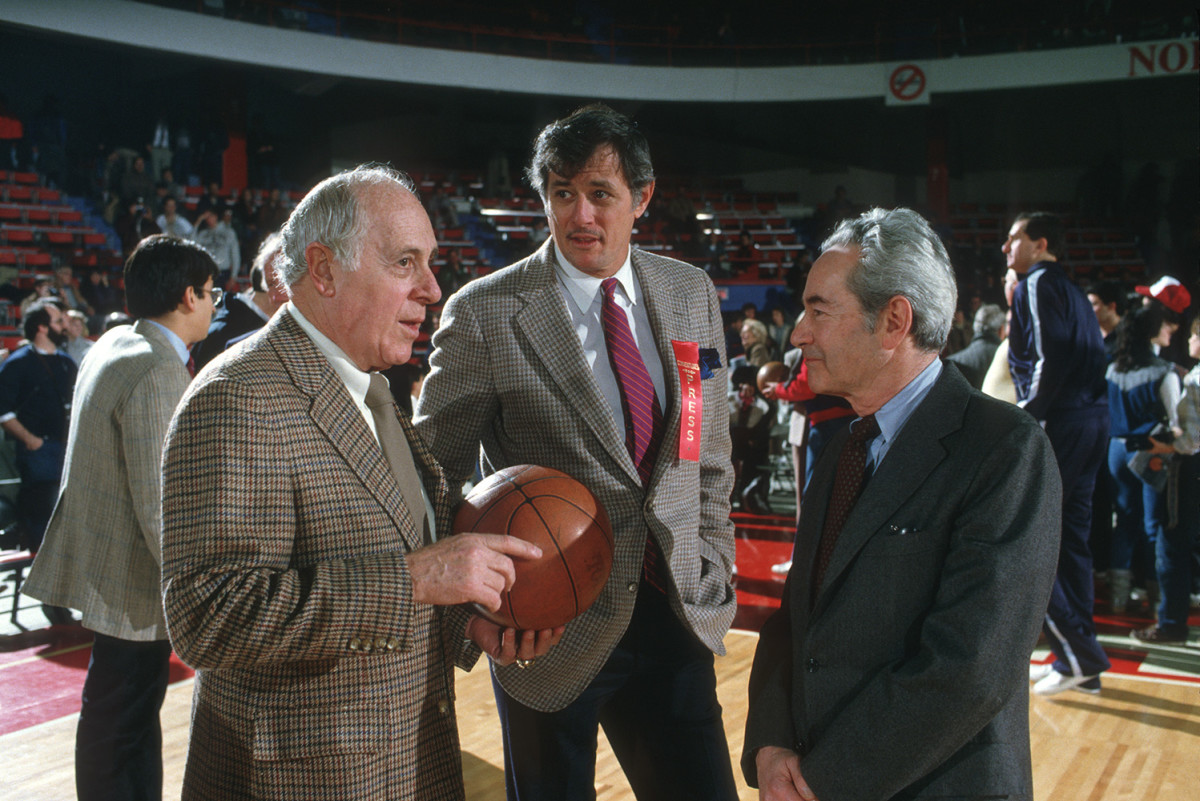
Old Timers Night: (L-R) Boston Celtics general manager Red Auerbach, Sports Illustrated writer Frank Deford and former Sports Illustrated executive editor Jeremiah Tax on court before game at Boston Garden on January 5th, 1985.
Frank Deford - 1973
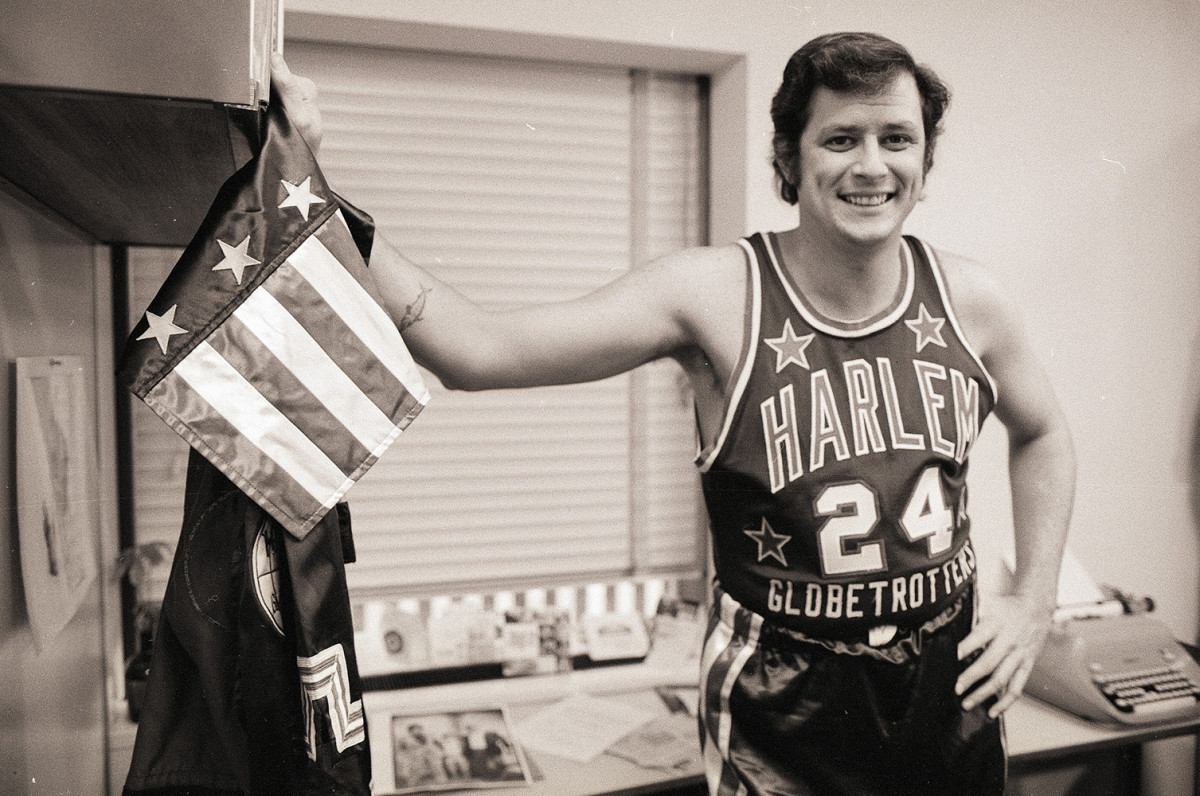
Deford wears a Harlem Globetrotter uniform in his New York City office in 1973.
Frank DeFord - 1994
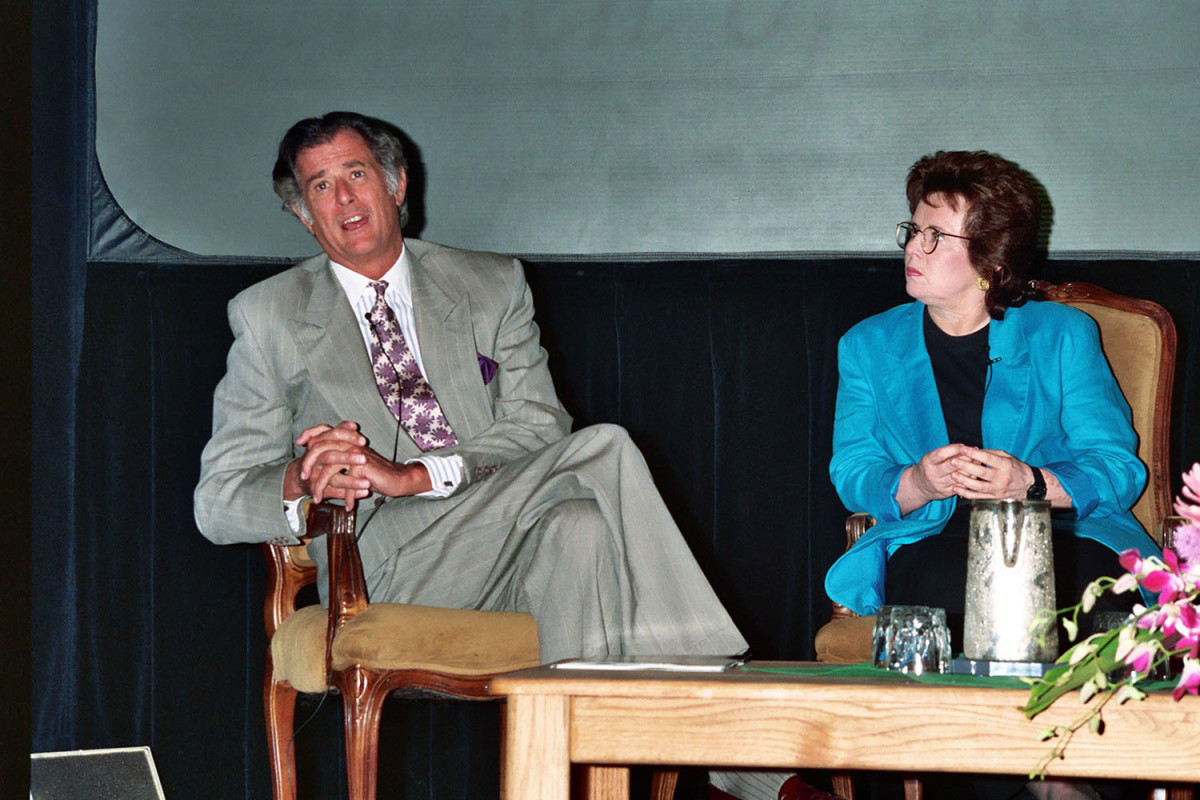
Deford with Billie Jean King at HBO's TCA.
Frank Deford - 1969
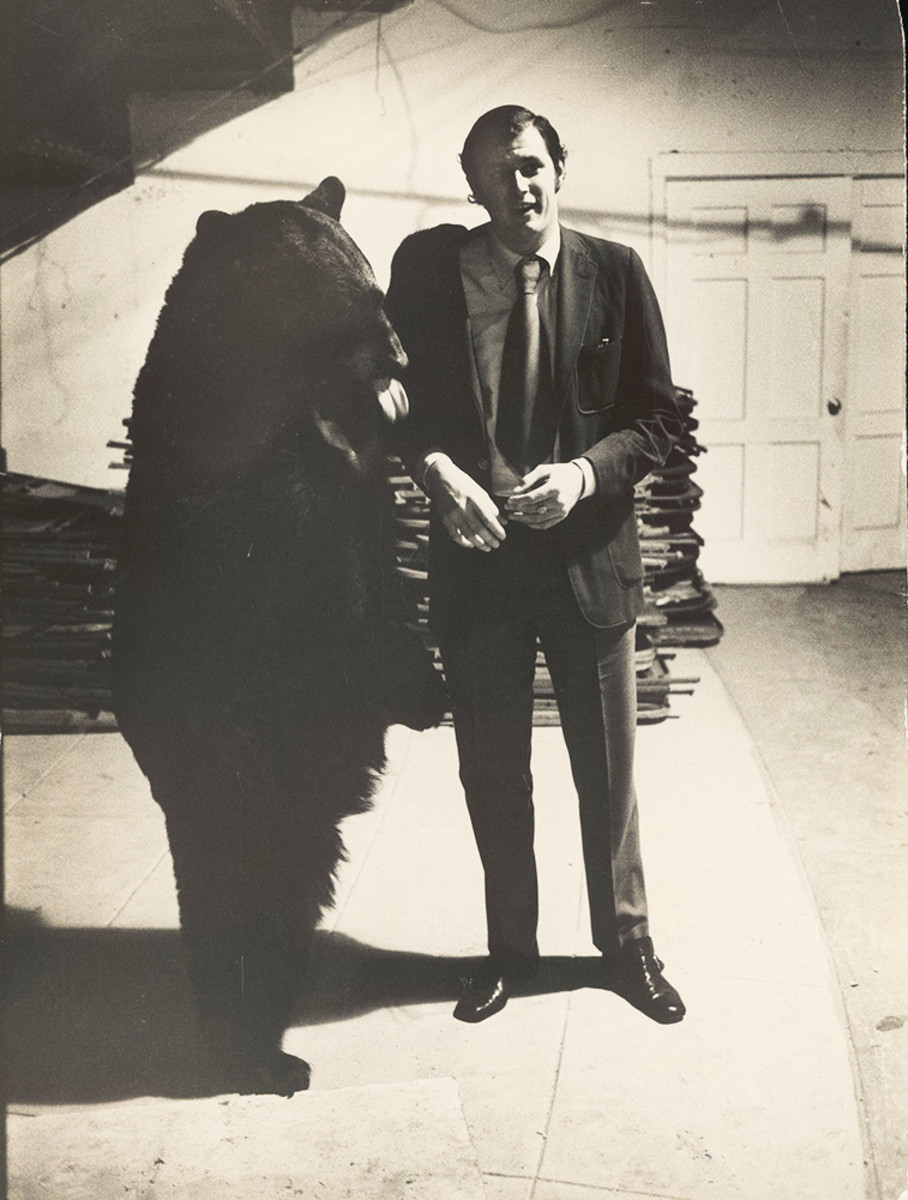
Deford stands with the famed wrestling bear, Victor before his fight against Tuffy Trusdell.
Frank Deford - 2002
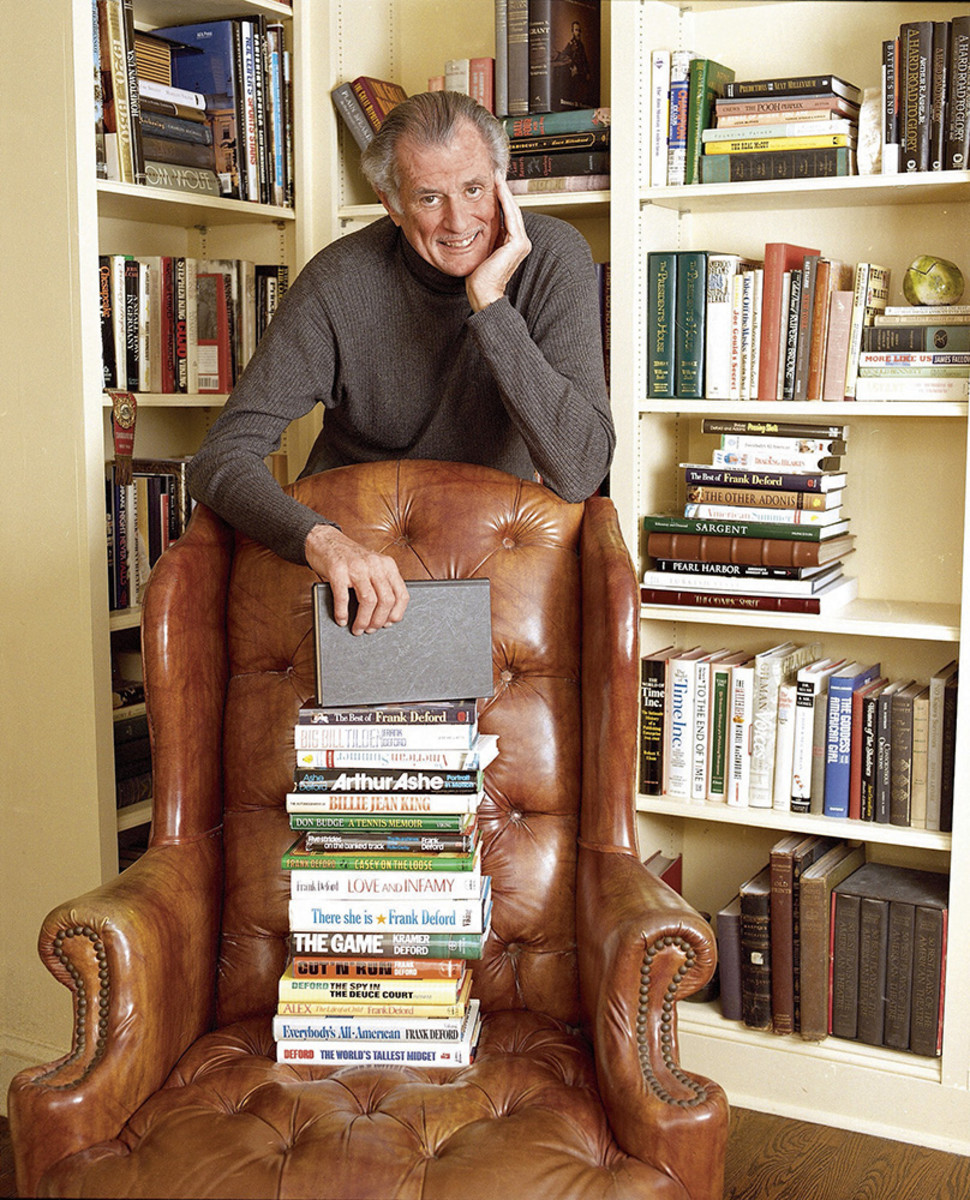
Frank Deford stands with his anthology (at the time) of 14 sports books. He went onto write 18 books, 9 of them novels.
Frank Deford - 1984
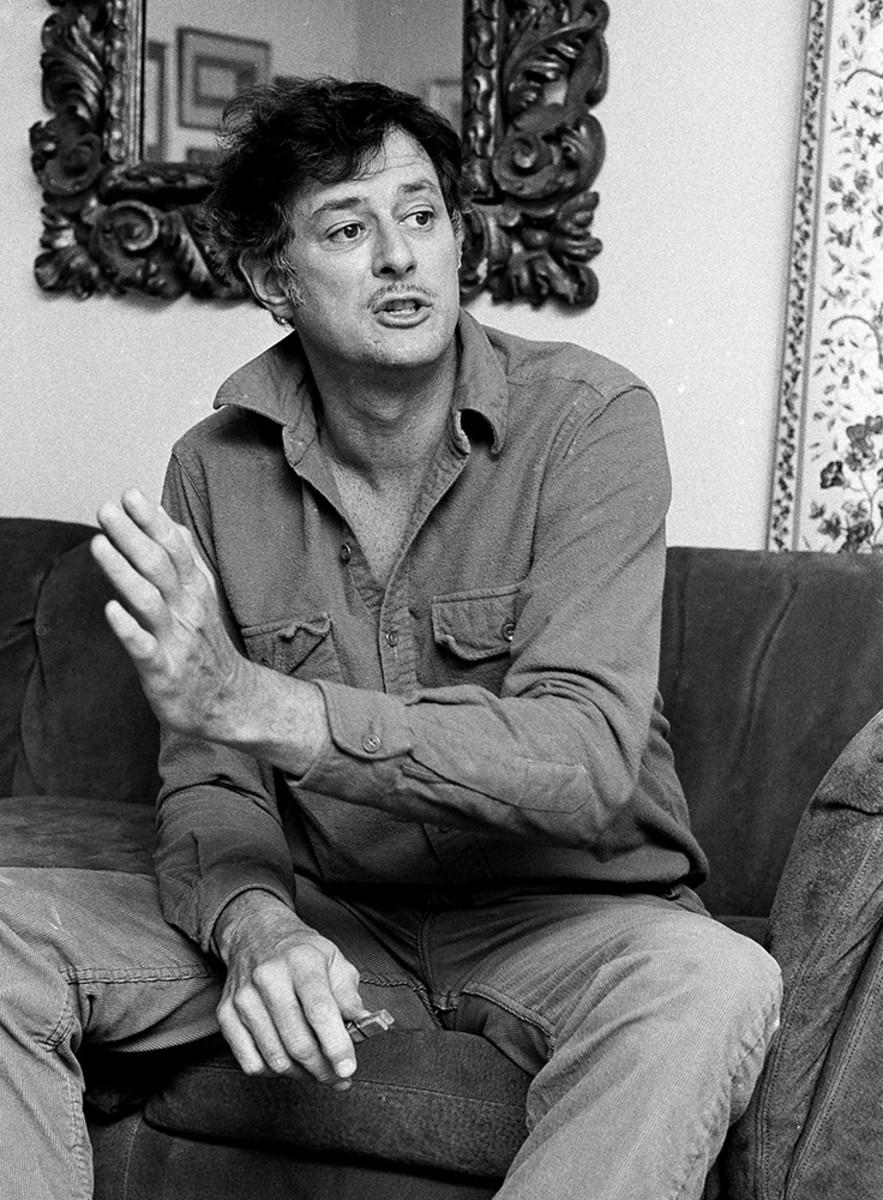
Deford at his home in Westport, Connecticut in 1984.
Frank Deford with Danica Patrick - 2006
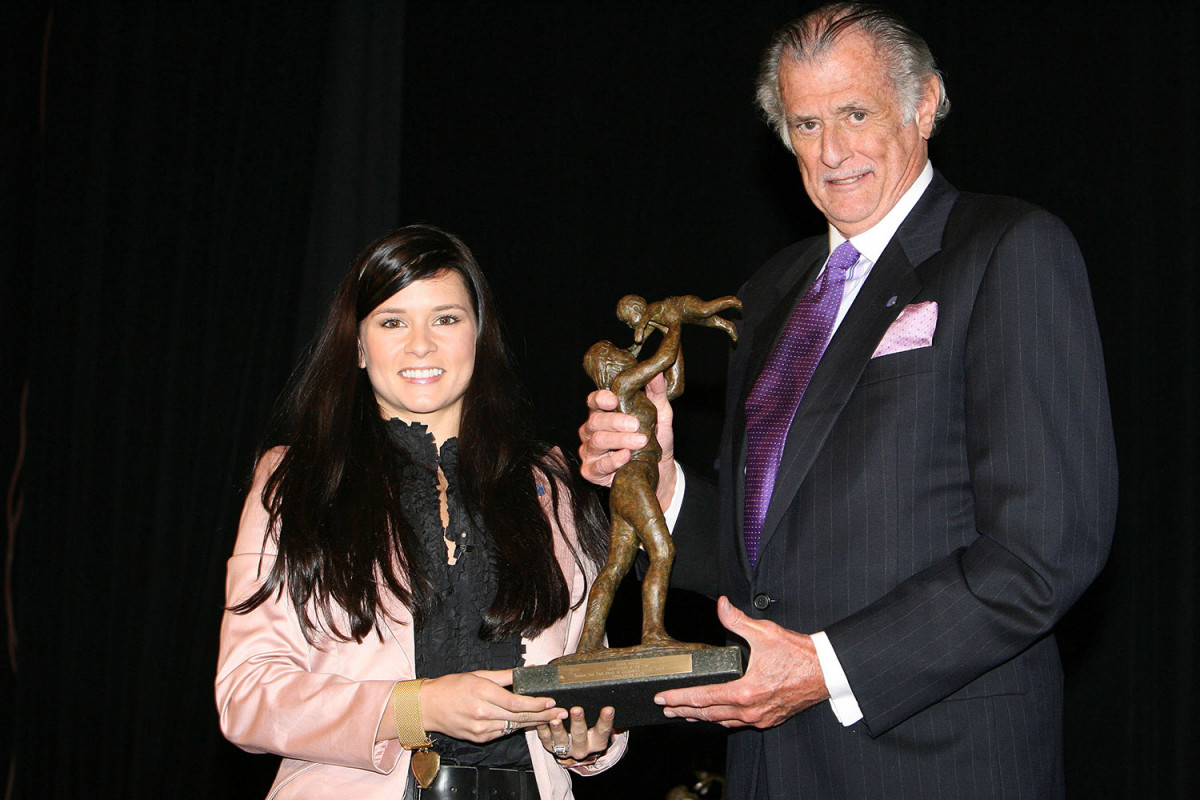
Deford stands with Sportswoman of the year Danica Patrick at the March of the Dimes 23rd Annual Sports Luncheon in New York City.
Frank Deford - 1970
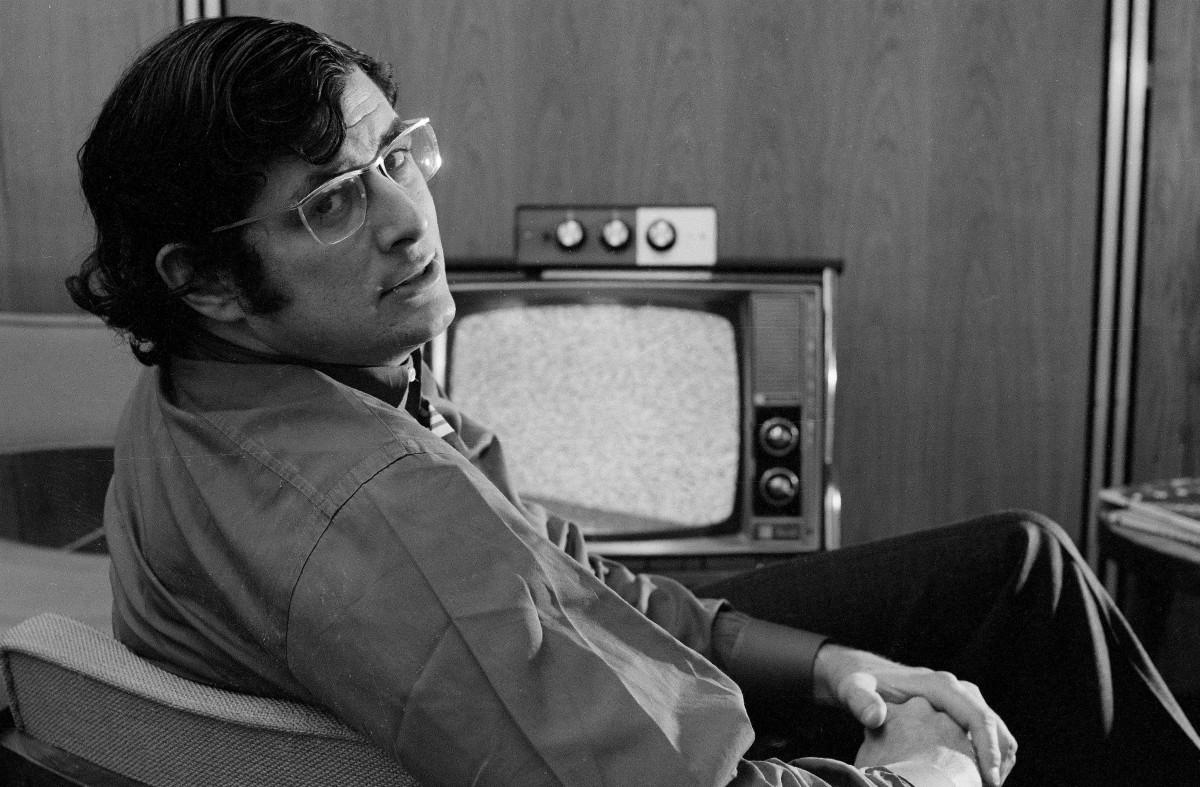
Frank Deford with Barack Obama - 2013
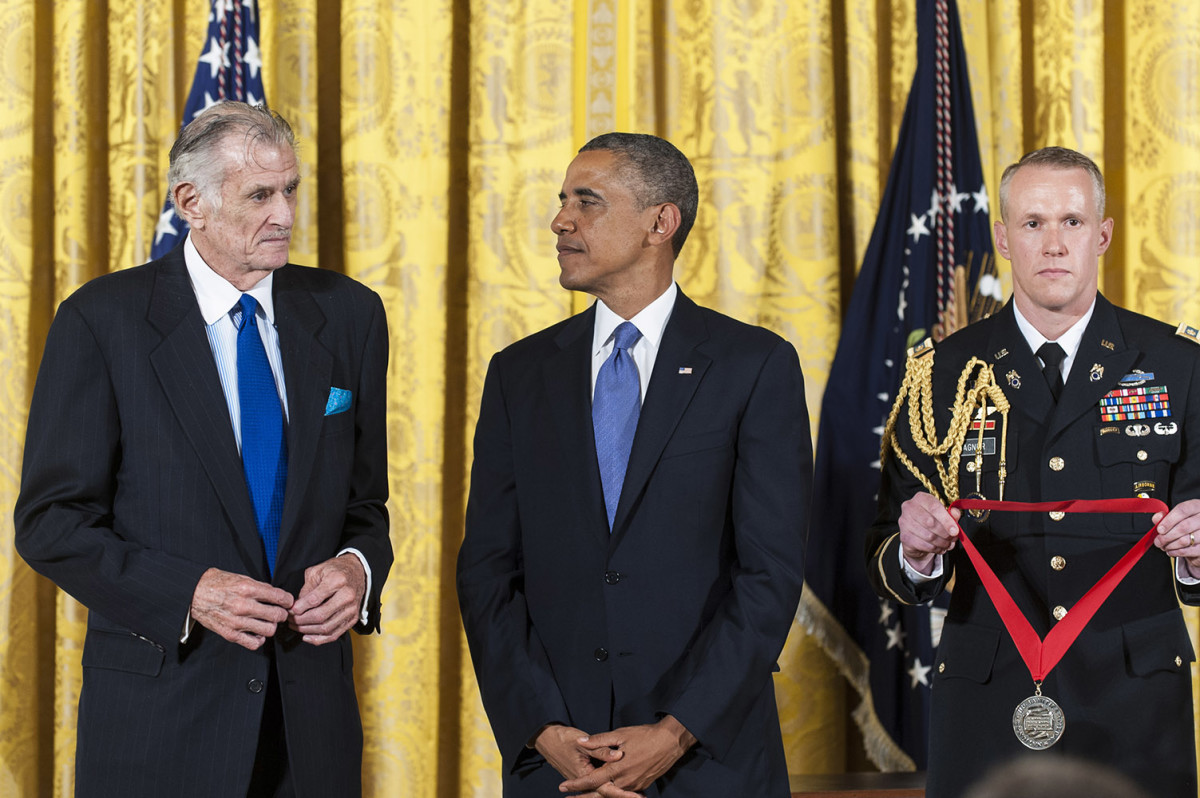
U.S. President Barack Obama presents a 2012 National Humanities Medal to National Humanities Medal to writer Frank Deford (L) during a ceremony in the East Room of the White House on July 10, 2013 in Washington, DC. Deford is recognized for transforming how we think about sports.
Frank Deford - 1963
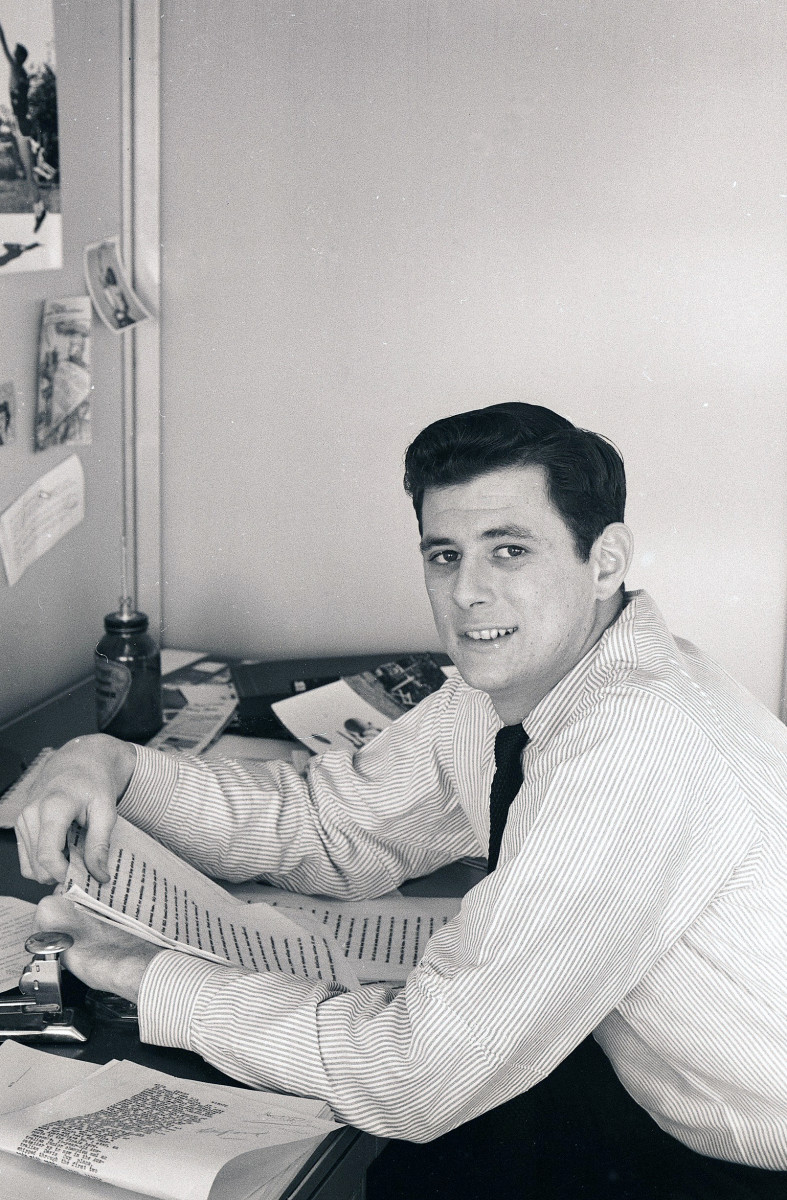
Deford works out of his office in the Time & Life Building on 6th Avenue, New York City.
Frank Deford with Billy Martin - 1977
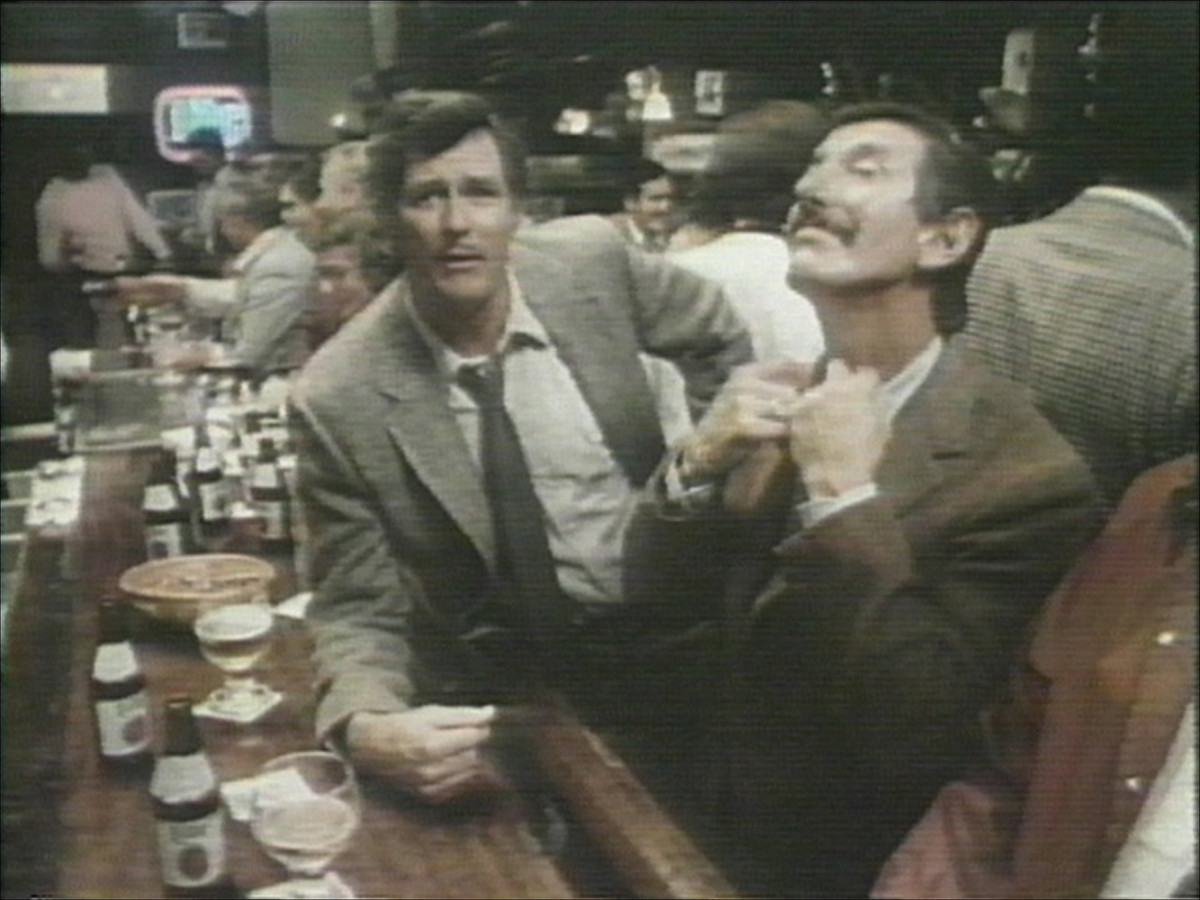
Frank Deford - 1975
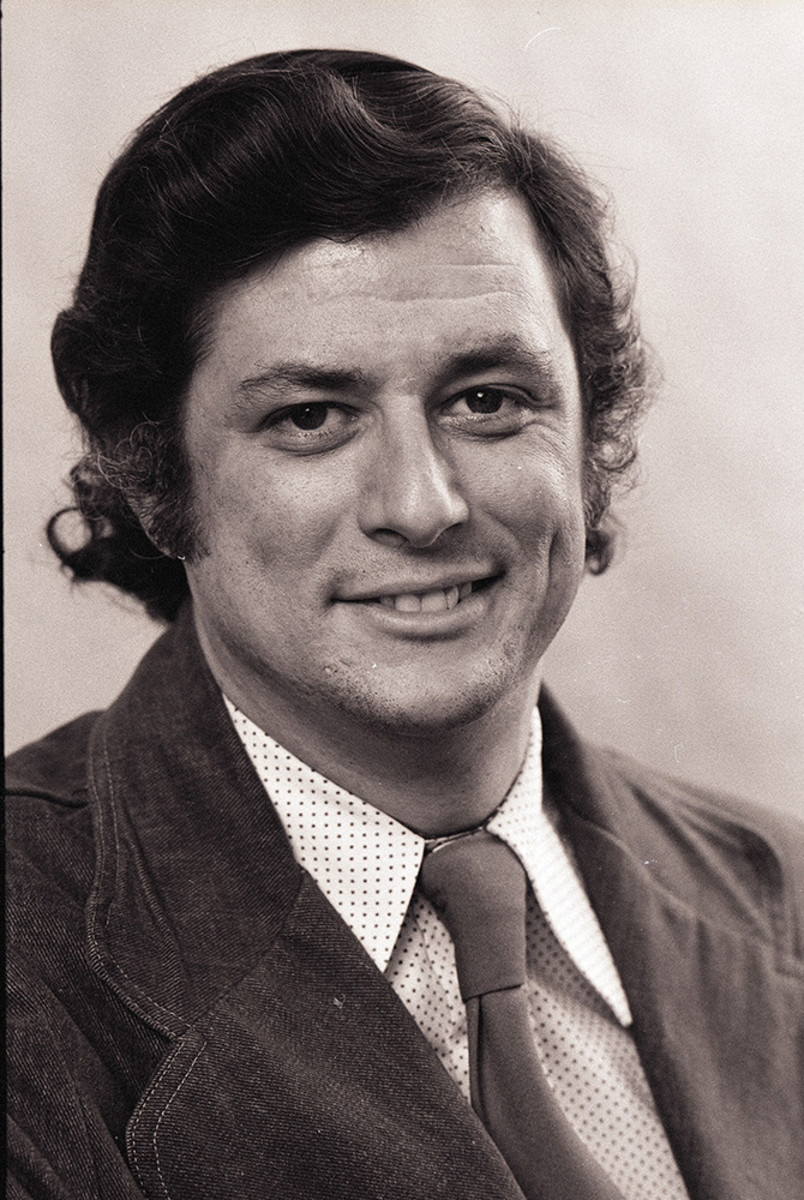
Frank Deford
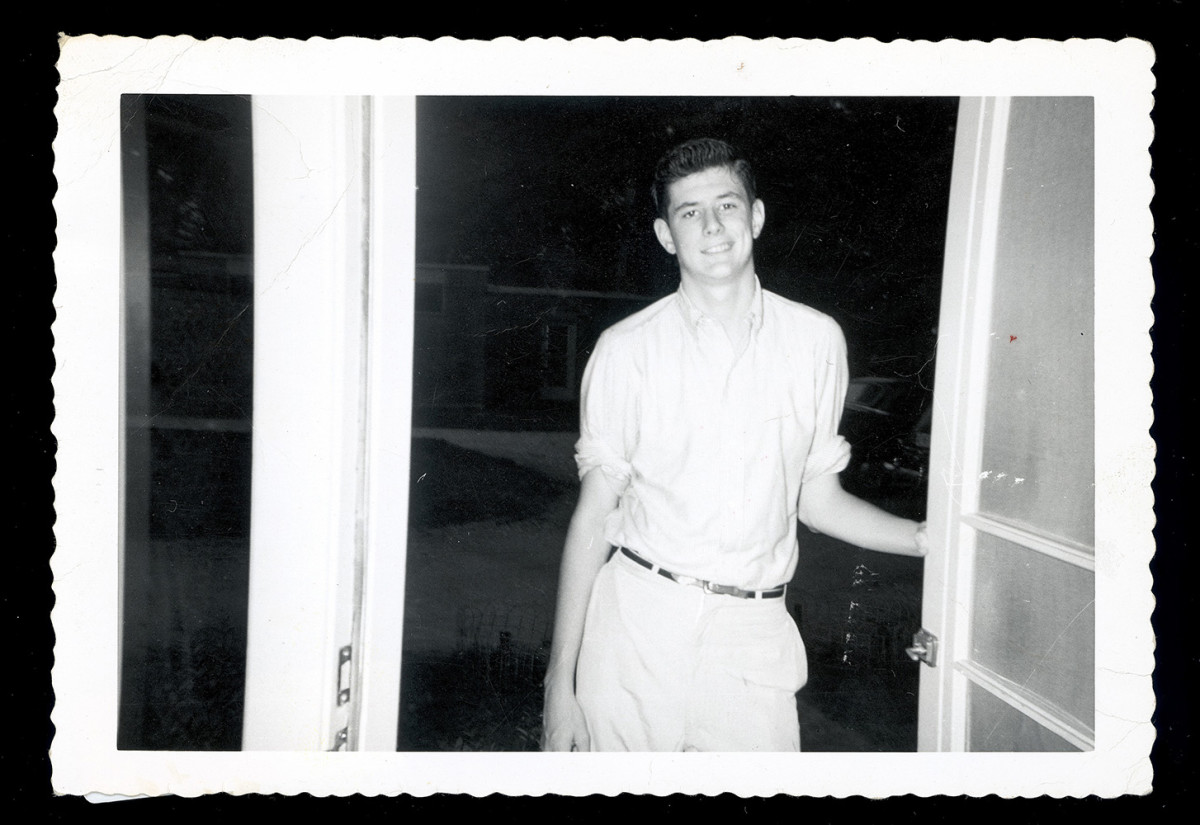
An SI editor once said that Deford wasn’t so much a great stylist as someone whose humanity shone through in all that he wrote. And that—not the many peerlessly written profiles or more than 1,600 NPR commentaries—is how he will be remembered in the House of SI, where he graced the magazine’s masthead for more than half a century.
For the last 30-plus years of Deford’s relationship with the magazine, Gabe Miller served in the copy department, where he was privileged with a first look at what he would file. “He’s sensitive,” Miller says. “In the right way—in the human way, on behalf of others—because of how much he has felt himself.
“In his writing, he would go places nobody else went, and he gave you the sense that what he was writing about was meaningful and important, without it seeming self-important. He wrote like he was shooting for something.”
At Princeton, coach Cappy Cappon called the bluff of Deford’s basketball career. Having noticed his contributions to The Daily Princetonian, he said, “You know, Deford, you write basketball much better than you play it.” So Frank hied off to other corners of campus, undeterred. In a writing class with Kingsley Amis, the British novelist, he mentioned as a worthy model the New YorkHerald Tribune sports columnist Red Smith, at which Amis howled. (Ironically, Deford would find inspiration in the approach of British sportswriters. Because soccer supplied so little quantifiable action, they were unshackled, able to see a sport or game or tournament, as Frank once put it, “as less a competition and more a presentation.”)
His future paymasters at Time Inc. got an early read on Deford’s confidence when he came through Rockefeller Center for a round of interviews in the spring of 1962, weeks before he was to graduate. When an executive began counseling him on the various stops he’d be making through the day, Deford all but cut him off. He did not want to write for Time—“group journalism.” (True enough, at least then.) Or Life—“just pictures.” (Hard to argue.) It was SI or bust. Soon word had made its way through the building about this cocksure Ivy Leaguer who had decided not only that he’d be hired, but by whom. After a lunch with two SI editors, and an afternoon summit with top editor Andre Laguerre, he was signed as a reporter-researcher, the entry-level position for editorial employees.
Yet for all that poise, and the figure he cut with his size and mustache and dashes of purple in what he wore, he copped to shyness: “That’s why most of us become journalists—because we’re shy, but we’re also curious, and if you have a press card, then you have a professional excuse to ask questions of strangers, which you don’t have the nerve to do in life at large.”
By the Seventies he had an updated calling card, the long profile that lit up the back of the book and featured a reliable virtue: Though never hit jobs, they always had an edge to them. The edge wasn’t that of some switchblade flipped out in a clinch. It came rather from Deford’s ability to pull back—to connect his subject to some larger context, or to see a person’s life or significance in a grander sweep. Proof of the essentialist core of a Deford piece rests in the pith of the headlines that editors would run over them, whether the story was about tennis star Jimmy Connors (“Raised By Women To Conquer Men”) or NFL owner George Halas (“I Don’t Date Any Woman Under 48”).
And there was his 1981 profile of Indiana coach Bob Knight. With the clarifying aid of its subhed (“Bobby Knight may be tremendously successful on the court, but off it, Indiana’s basketball coach often stalks the insignificant”), its title, “The Rabbit Hunter,” will someday be the former Indiana basketball coach’s epitaph. Though events would take nearly two decades to fully unspool, Deford foretold Knight’s fate in that feature. In 2000, several months after Indiana placed him on “zero-tolerance” notice for his behavior, the school fired him for grabbing a student, a freshman who had said to him, Knight thought impertinently, “Hey, Knight, what’s up?”
That’s how far Deford could see: not only that Knight was chasing rabbits today, but also that, almost 20 years on, he’d be undone, Looney Tunes-style, by some random Bugs Bunny who almost literally says, “What’s up, Doc?”
By the spring of 1989, Deford had been named National Sportswriter of the Year for the sixth time in a row and just filed a long profile of Archie Moore—his 100th “bonus piece.” It was time for a change. In a quixotic interlude as editor of the short-lived sports daily, The National, he drew down the account of a Mexican billionaire to hire a raft of talented peers, pay them handsomely and turn them loose—as concrete a statement in defense of sportswriting as anything he could have written or said. The National folded after 18 months. A burned bridge or two delayed his return to SI, but after stopovers at Newsweek and Vanity Fair, he found his way back to the mothership.
My first and favorite memories of Frank Deford
There’s a lively debate among historians of sportswriting about how SI has most profoundly influenced the craft. Early in the 20th century Grantland Rice and his contemporaries pioneered the Gee Whiz style, “godding up” athletes and coaches, before yielding to the muckrakers and cynics who subscribed to the Aw Nuts! School. The two approaches converged in Dan Jenkins’s account for this magazine of the 1966 meeting of two undefeated football teams, Notre Dame and Michigan State, in which the Irish passed up a chance to win and settled for a 10–10 tie. “Old Notre Dame will tie over all,” taunted Jenkins, as he ripped Notre Dame coach Ara Parseghian (Aw nuts!) while valorizing how Irish quarterback Terry Hanratty played through pain (Gee whiz!). That piece is regarded as the birth of the “mixed form” sensibility, the blend of snark and reverence that prevails in sportswriting today.
But another perspective would ascribe even more influence to Deford and his oeuvre of bonuses, the 4,000- to 5,000-word features that appeared in SI under his byline over a roughly quarter-century span that begins in the late Sixties. At first he would go hors piste, filing assessments of roller derby or Soap Box Derby or Little Irvy, a frozen, 20-ton touring whale. But the humanity in him ultimately brought him back to human beings. In appraisals not just of Connors and Knight, but of Howard Cosell, Jimmy the Greek, Pete Rozelle and Bob Feller, Deford picked up books long judged by their cover and actually leafed through them. He didn’t use many quotes from his subjects, for he didn’t really want to yield his soapbox. (Deford: “For some reason, American writers cannot just note that a hitter blasted a 450-foot home run and describe the scene in their own words. Instead, they have to rush down to the locker room and get the slugger to certify the fact by saying something superfluous like ‘I really got hold of that one.’”)
But if he found a quote that worked—that somehow nailed his subject—he’d hammer at it again and again. Repetition and callbacks were among his tricks, as was an acute feel for the architecture and pacing of a piece. As one of his editors, Myra Gelband, put it, “He’d hang bells throughout the story, and at the end go back and ring every one.”
"He'd hang bells throughout the story, and at the end go back and ring every one."
Deford also enlarged the canvas on which sportswriters painted, and in doing so set the stage for colleagues to come, from Gary Smith to Wright Thompson.
“When he came to do a bonus piece, he wasn’t looking for an easy answer,” wrote Michael MacCambridge in The Franchise, his history of SI. “If Jenkins was the best at capturing the crucial angle on a game in his deadline writing, Deford was just as accomplished at capturing the crucial angle in a life.”
The same self-assuredness that people came to know from so many NPR commentaries on Wednesday mornings fired the stories Deford told on the page. His rhetorical confidence moved people to take sports, and by extension writing about them, more seriously, if never quite as seriously as he might have liked. To highlight that deficit of respect, he called a 1987 anthology of his writing The World’s Tallest Midget—the implication being that even the finest sportswriter would still only be regarded as best of an inferior order. His prickliness would be deployed offensively as well as defensively; drawing a bead on some peeve, he could play the grumpy old man. “The pole dancing of sports journalism,” he called blogging. And on the explosion of books catering to participants in the Seventies running boom: “Run into the ocean, for all I care, run into the sunset, run off a cliff—but don't tell me about it.”
The mastheads of copies of SI A.D. (After Deford) are peopled with writers who grew up dazzled by him. Migrating from press box to press box, sounding out colleagues, they met others who had read and studied him, and felt ennobled in their own work because of what Frank had done to exalt the craft. During the height of Deford’s Bonus Period, Washington Post sports editor George Solomon would make 40 copies of his latest piece and stuff one in each office mailbox, so his staff could savor what the vocation was capable of. Because Deford wrote “like he’s shooting for something,” a generation of writers soon found themselves shooting for shooting for something.
It pained him that that so many people still believed “that sportswriting should be like sports playing, something you should do when you’re young, before you move on to the serious things in life. I’m sure men like [Jimmy] Cannon and Red Smith and Grantland Rice were being badgered on their deathbeds about what they were going to do when they grew up.”
No one was badgering Frank Deford over Memorial Day Weekend.

He and Carol had relocated to Florida seasonally to ease his breathing. A few weeks ago, after more than 1,600 commentaries for NPR, he recorded his last one. His voice was just regionalist enough, with a trace of his native Bawlamer, to sound like a guy down at the corner bar. (“You don’t talk that tall,” a listener once said upon meeting him.) But it had the requisite public-broadcasting erudition, as well as the insouciance that comes with not giving a rat’s ass that uncountable brows in numberless Volvos will cloud over because you’ve said you don’t like soccer, and don’t intend to try.
As he told NPR’s Tom Goldman earlier this month, “sports are part of your life—it's the second tier. The first tier is eating, drinking and procreation. The second tier is religion, the spirit, music, art and the physical. Sports. It deserves to have as much attention paid to it, seriously.”
Notwithstanding all those radio commentaries, Deford’s legacy will be what he put to the page. When Barack Obama honored him with the National Humanities Medal in 2013, and at the ceremony mispronounced his name as “DEFF-erd,” it wasn’t because the president was unfamiliar with his work. Indeed, someone involved in the selection process later confided in Deford how Obama had taken a personal interest in making sure he be included among that year’s flight of honorees. That insistence, paired with an inability to properly pronounce Deford’s name, suggests that the president, like so many of a certain generation, knew of Frank not from the radio, but from his written work. He knew that voice that made its way into the minds of readers as their eyes moved from word to word to word.
And so, you see, of course (we’re channeling pure Frank here—the swagger with which he would seize and guide the reader): After the great satisfaction of finishing the piece, the eye returns to the top, to find the stamp of validation that caused you to dive in; that sight to quicken the pulse of fans, readers and those of us privileged to work with him: By Frank Deford.
[Anyone who was buoyed by a Frank story can donate in his memory, per Carol's wishes, to the Cystic Fibrosis Foundation.]
